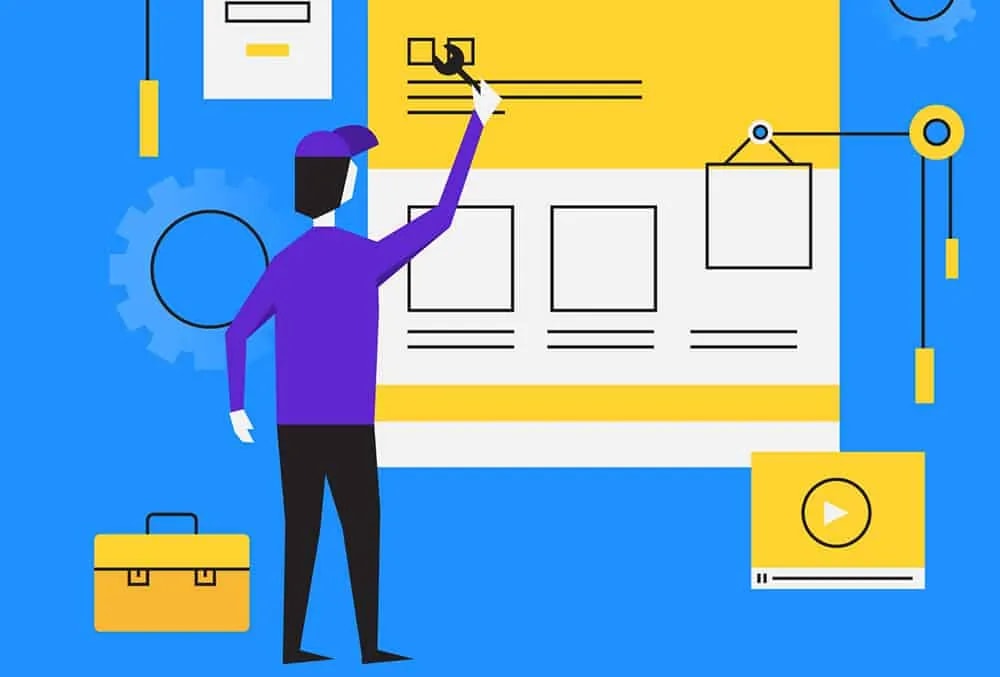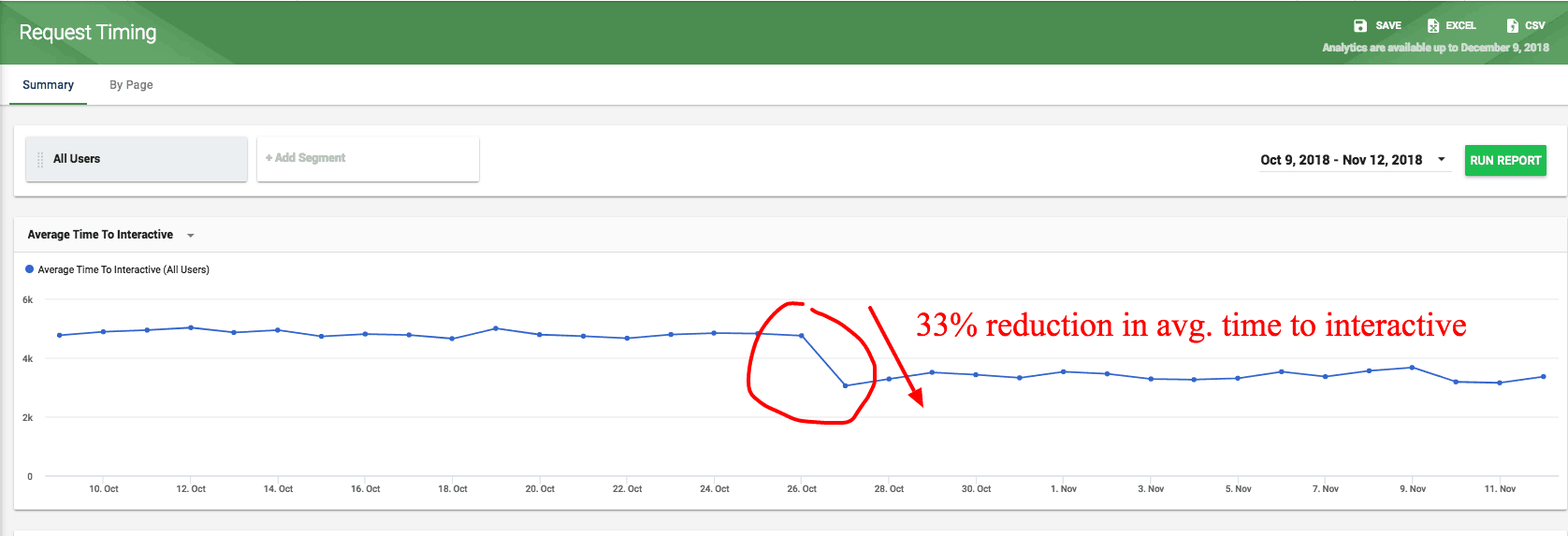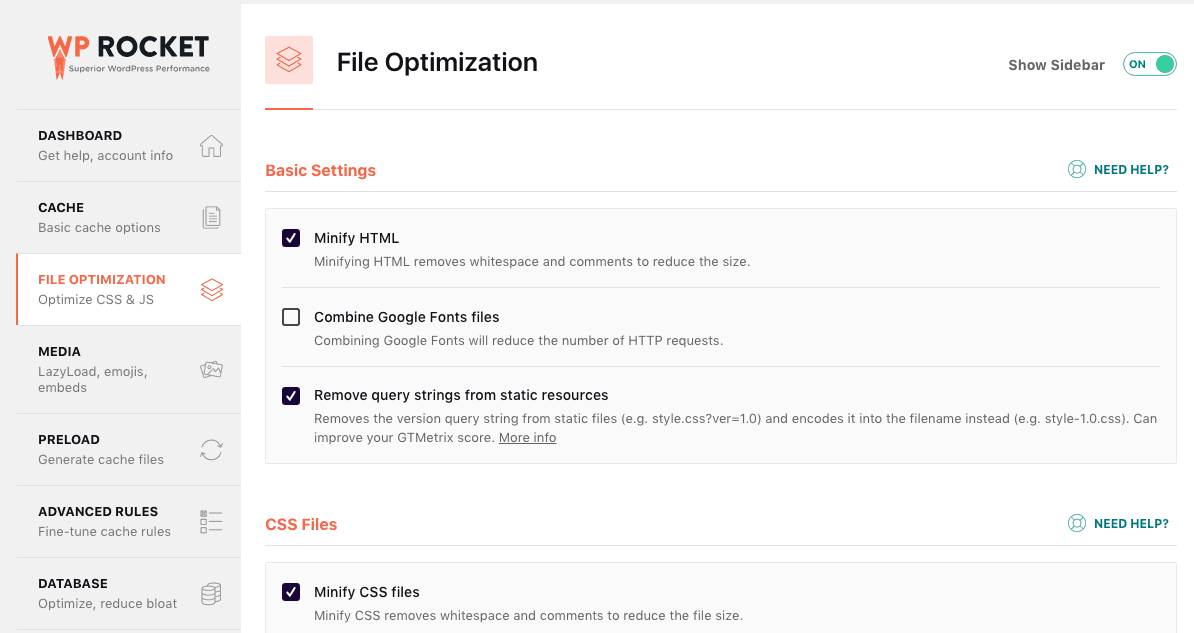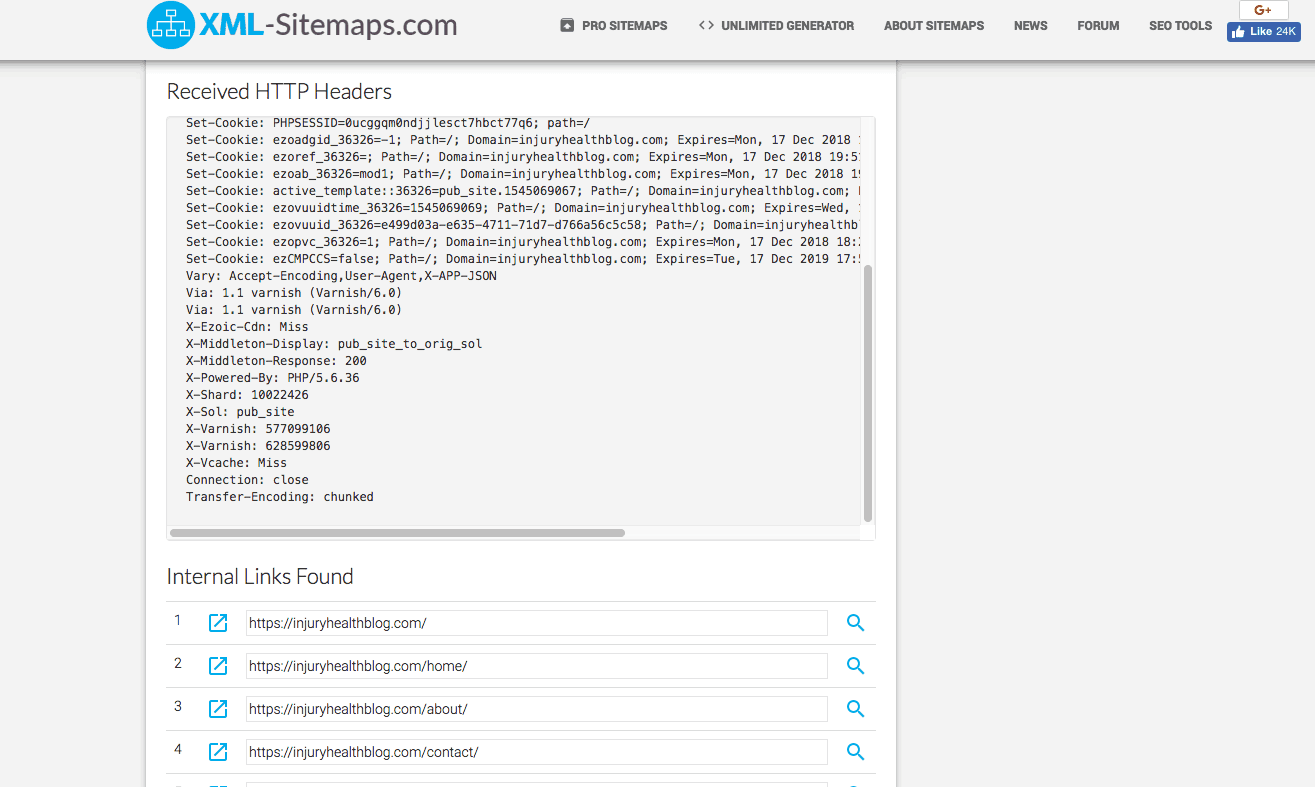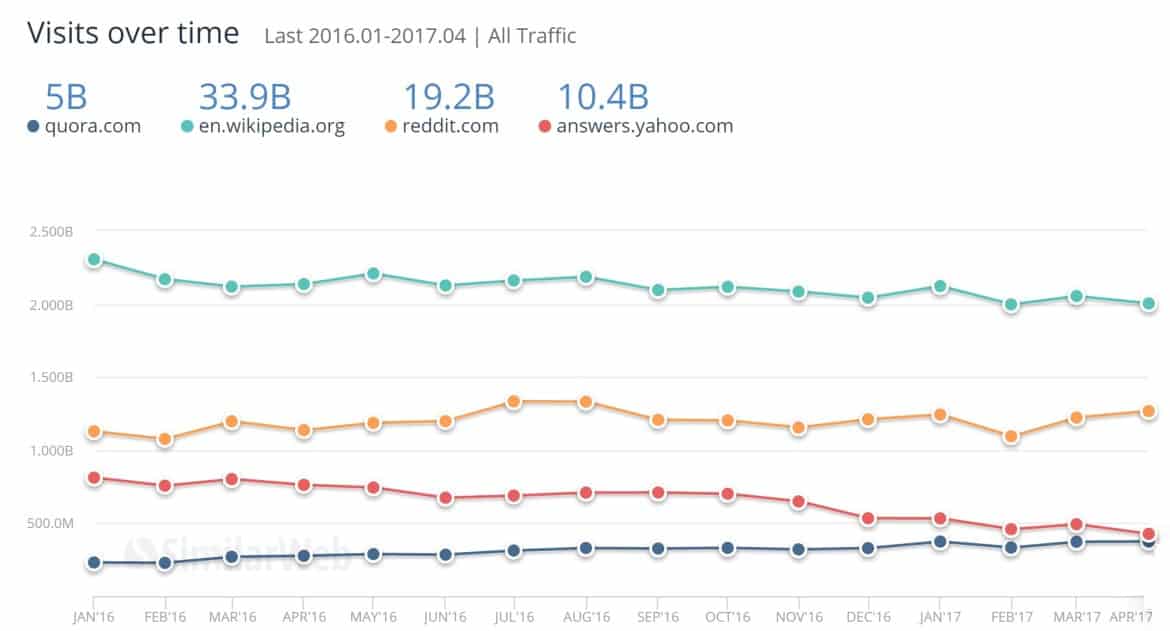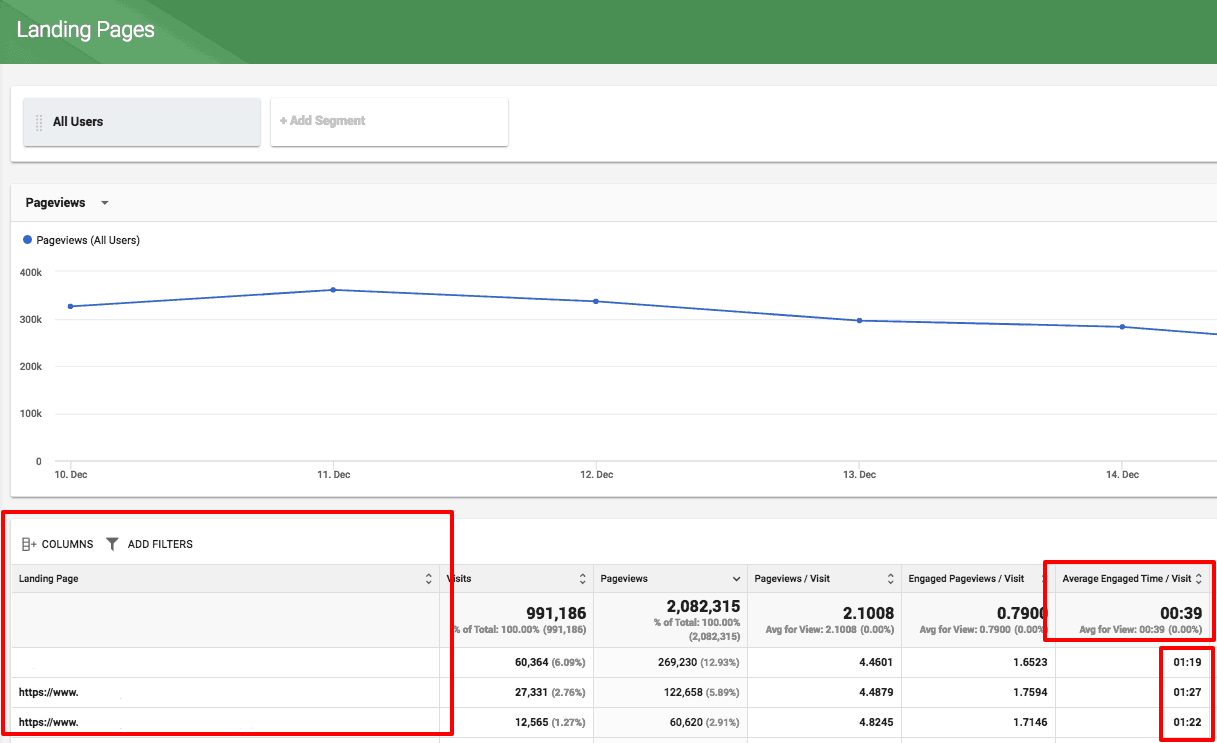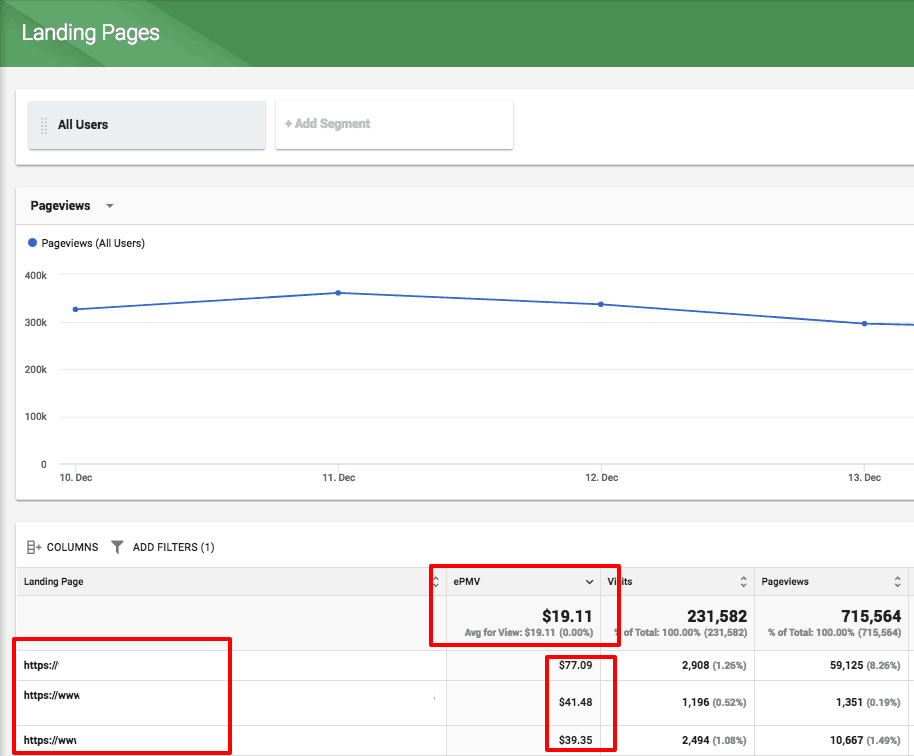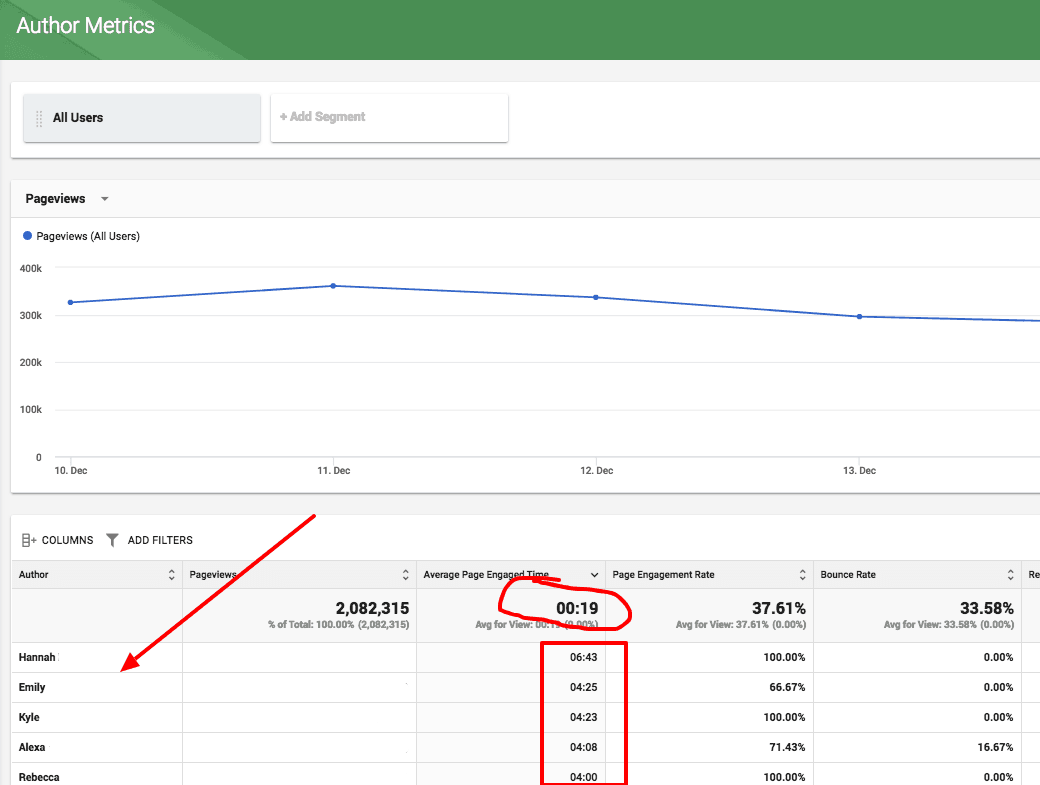3 Ways To Improve Website Performance in 2019 Without A Redesign
A new year typically brings new resolutions. Digital publishers often see the start of a new year as the best time to experiment with new strategies to improve their website performance, grow their audience, and dive into new projects.
The start of the year also marks a time in which ad rates come crashing back down after record highs in November and December. This provides a window for publishers to try new approaches without the risk of damaging their revenue during a peak time of the year.
For these reasons, digital publishers often consider redesigning their sites at the start of the year. However, as I’ve highlighted before, redesigning your website or blog can often be a labor of loss. This means that redesigning your site may take lots of effort and ultimately leave you with less money in your pocket and fewer visitors coming to your site.
Below, I’ll dive into 5 things website owners, bloggers, and publishers should consider in 2019 instead of redesigning their site.
1.) Work on your website infrastructure and speed
I often divide SEO into two categories:
- Content and content marketing
- Website infrastructure and organization
Your website infrastructure has a lot to with SEO. Not just because of speed — far from it. In fact, your infrastructure determines how Google crawls your site, views your link structure, and understands how your visitors browse your website.
While your website infrastructure and speed are important to many things other than SEO, many digital publishers have heard the calls from Google — and other major platforms — to speed up their websites.
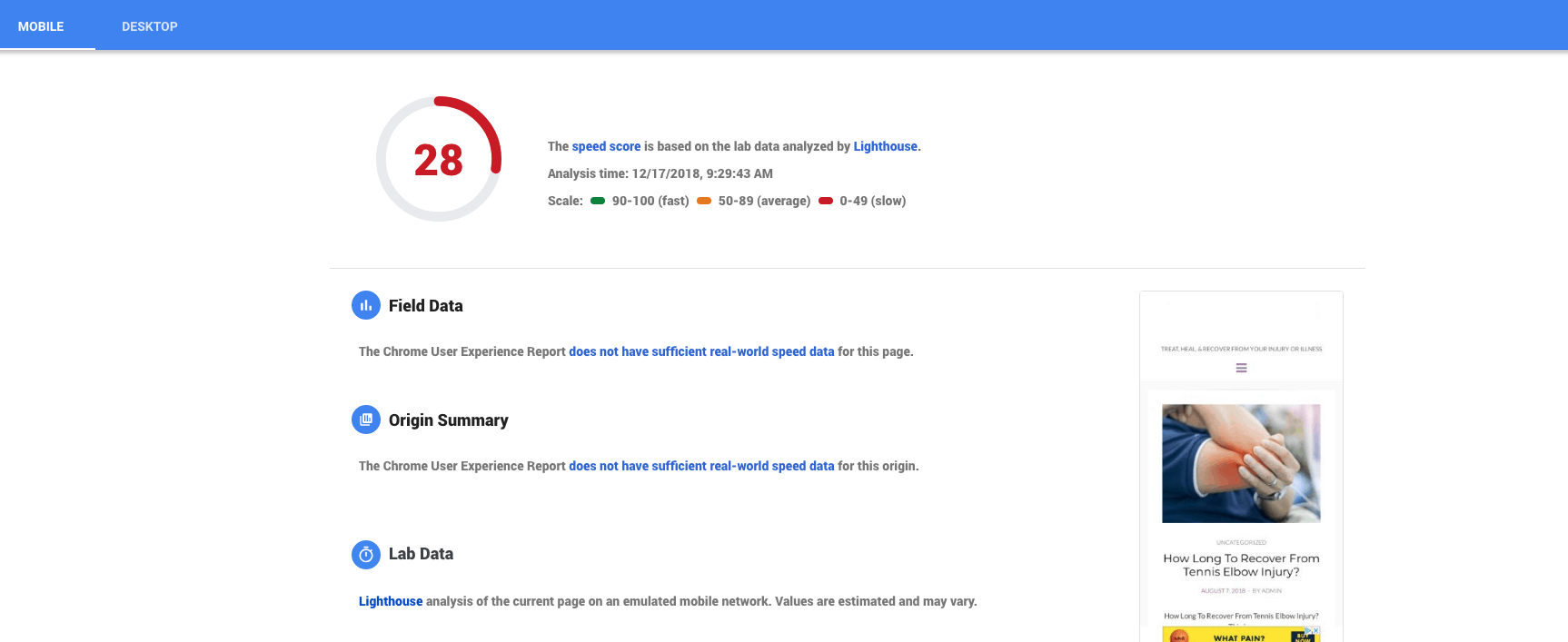
Recently, Google Pagespeed Insights modified their tools. Now, just about every site score extremely low. This may be Google’s way of pushing all publishers a little bit more to speed up their sites. While there are objective ways to speed up your site, Google has said that site speed is not the most important metric for SEO.
While this is frustrating to many digital publishers that struggle with exactly how to utilize the information displayed from all the free pagespeed tools to make their sites faster, it is important to remember that actual website speed has nothing to do with a score — and simply improving a Google Pagespeed Score has nothing to do with SEO.
In fact, many of these tools focus largely on TTFB as their core speed metric. Request Timing and Time To Interactive are actually much more relevant metrics for website speed.
Recently, I wrote an article about how to speed up any WordPress website. The article largely focuses on how to improve the infrastructure of a site and a lot of it applies to non-WordPress websites as well.
In addition to those details, I’ll add a few 2 more ways to improve your infrastructure (if you haven’t already done these things).
1.) For WordPress users, try out WP-Rocket
While Ezoic users won’t want to utilize the caching elements of the plugin (try using the Caching App instead), there are some really nice controls on minifying and compressing the CSS and Javascript files that will allow publishers to implement many of the often called upon practices listed in Pagespeed tool reports,
WP-Rocket is a paid plugin; however, the cost is low and it works much more effectively than free solutions like W3 Caching and others. W3 and some of the other free plugins don’t have simple controls and they often break sites when minifications are enabled. Rocket provides more control and is friendlier on most themes.
You will want to take a test by test approach with the settings though. Some of the settings may cause performance issues on your site and you’ll simply want to clear cookies, then view the site in incognito mode, after turning on various features inside the plugin.
2.) Generate a new sitemap that ensures good articles aren’t buried on your site
Your internal linking structure plays a big role in your search rankings.
Your XML sitemap file is a way of telling search engines the hierarchy of content on your site. If you have good articles buried deep down on that organizational chart, it is likely they aren’t being valued as highly.
Use a free tool like this to better understand your XML sitemap. Look around your site for good articles that take more than 2-3 clicks to reach from your site’s homepage.
Once you’ve found buried articles, try discovering some new ways to build them into your menu or sidebar structure so that they can be reached within just a few clicks from your home page.
This can do wonders for the SEO of these articles and can also make finding relevant content easier for your visitors.
When you’re done, make sure to submit your sitemap URL to Google’s Search Console to ensure Google crawls it quickly.
2.) Build a content roadmap for 2019
As I discussed in a recent blog about where to share content in 2019, publishers should be seeking new and innovative ways to market their own content.
If the infrastructure of a website is one half of SEO, content is without a doubt the other half. Perhaps you can take a few tips from Hearst on how they’ve changed their content strategy over the years to adapt to an increasingly digital audience.
In addition to these helpful perspectives, perhaps you could try reviewing your most engaging and highest earning content from 2018?
Here are a few reports to pull and review:
Landing pages with longest session duration — or better — most Engaged Time
Understanding which landing pages had the most engaged visitors in 2018 will tell you which articles people spent the most time reading. This gives you a really good idea of when people came to your site and stayed there for the EXACT reason they came — whether that was via search, social media, directly, or by referral.
Landing pages with the highest session revenue (EPMV)
This will tell you which articles people came to your site to read and then ultimately ended up generating the most revenue; whether that is because advertisers viewed them as a particularly valuable visitor or because they went on to visit multiple pages on your site (allowing them to see more ad impressions than most visitors).
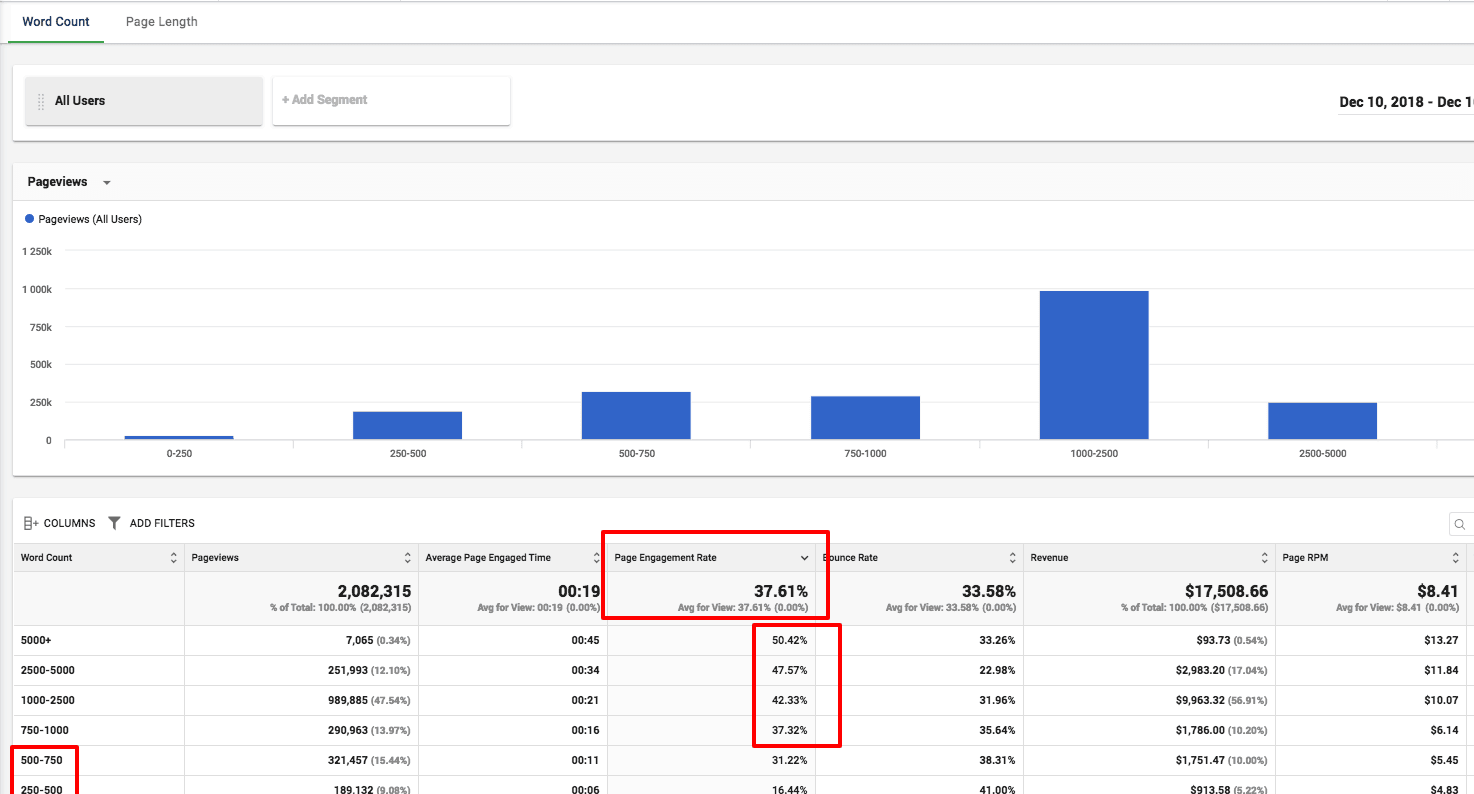
Page engagement rate by word count
Understand how word count in your articles affected your visitor’s engagement rate. Perhaps in 2019, you’ll decide to avoid any article under a certain word count threshold. This may keep you from wasting time on content in the coming year that ultimately won’t produce any quality traffic or revenue.
Longest session duration or highest engagement by article author
Whether you have 2 or 20 writers contributing to your site, it is probably a really good practice to review which ones are producing the content that readers enjoy the most. Try looking at session duration or engagement time by writer or contributor (if you can’t do this easily, take a few of the articles a writer has written and calculate the averages).
3.) Look into expanding through acquisition or by creating something new
Most publishers have spent a lot of time developing and tweaking their businesses over time. It’s fair to say that there are few online content creators that haven’t had to learn a lot of lessons the hard way.
That typically means that if you could do it all over again, you could run things more efficiently and profitably. For this reason, it makes sense to look into ways that you could apply your learnings to other sites and properties.
For some, this might mean starting something new. For others, perhaps it means acquiring an existing digital property/website. Doing this well offers a much higher upside than redesigning an existing property.
There are 2 tips I’ll give you on both strategies:
- Do your homework. Don’t rush into a new project or investment without thinking about the financial commitments and time you’ll need to invest to make this project successful
- Focus on diversity. Don’t just start or buy something like the properties you have now. Think about how you could diversify your portfolio of publishing properties to mitigate the risks of how digital audiences change behavior.
If you want to buy a site, I highly recommend watching this presentation by my good friend, John Cole. He spent years buying hundreds of sites and can help you navigate these waters. I summarized a blog of his presentation if you don’t want to watch the video below.
If you want to start something new, I recommend checking out this podcast where Shelby and I talked about all the different ways publishers are tapping into new and growing audiences. You could also read this article about new content strategies.
Here are a few ideas to consider in no particular order:
- A podcast that would interest your existing audiences or an audience you have access to
- A YouTube channel that would interest your existing audiences or an audience you have access to
- A new website focusing on a completely new niche topic that also touches your existing demographics
- A newsletter-based traffic site that leverages social media or your existing digital networks to generate subscriptions
- An Instagram account that focuses on your existing audiences where you could try micro-blogging
- Teaming up with another publisher to build a co-created site that merges your type of content with theirs
Why not redesign my site anyway?
Redesigning a website isn’t a bad thing.
Often, change is necessary; however, in all of my experiences, most redesigns are not driven by the right goals or objectives.
Publishers should be seeking to engage audiences, grow traffic, and generate revenue. Often, there is no data used on any of these important performance metrics when looking at potential redesigns.
If you plan to redesign your site this year, I highly recommend doing your homework. Evaluate why you think the changes to your site will ultimately improve it. This simple approach could save you some major headaches.
Thoughts, questions, ideas? Leave them below.
